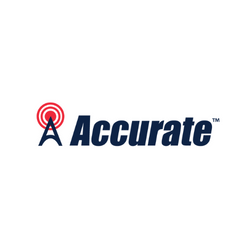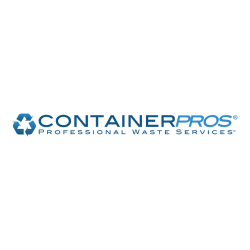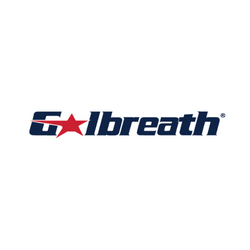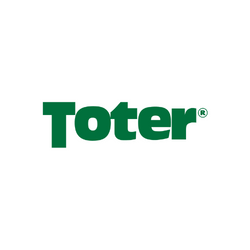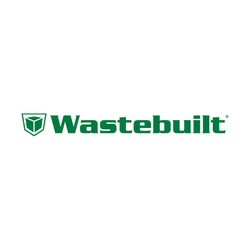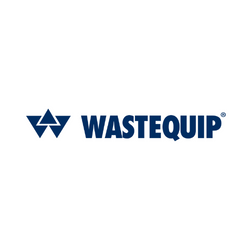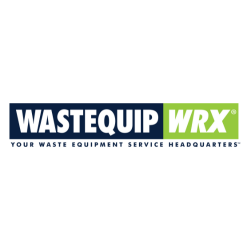4 Purchasing Tips for Roll Off Trucks
4 Purchasing Tips for Roll Off Trucks
Republished: April 15th, 2023. Original Source: Wastequip >
Blog Post
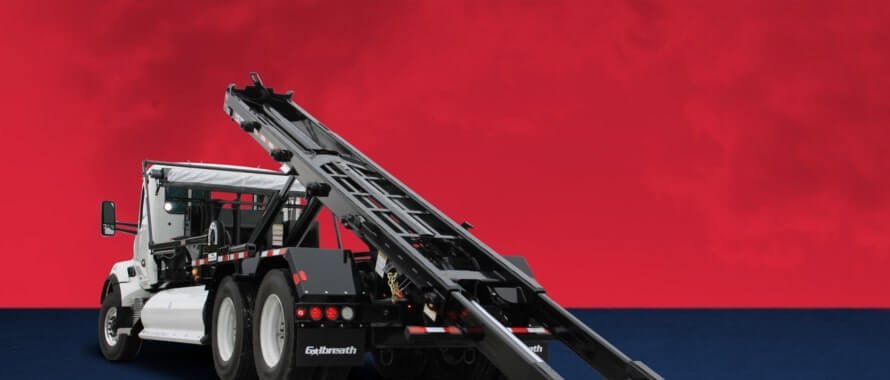
When it comes to your operation, selecting the right tools to complete the job ensures safety, efficiency, and cost-savings. Those are arguably three of the most important factors for a business to prioritize. Whether in construction, hauling, demolition, or another industry, roll-off trucks serve as an essential tool providing unmatched flexibility to pick up and drop containers in a manner that no fixed-body truck can.
Whether choosing between a hook or roll-off cable hoist, there are many considerations to keep in mind — each of them having their own advantages and disadvantages.
1. Roll-Off Cable Hoist or Hook Lift?
Roll-off
cable hoists continue to be favorable on most job sites today
. By using a cable to pull containers onto the truck bed, roll-off cable hoists are compatible with roll-on and roll-off containers. A
cable hoist is ideal for use at sites with limited overhead clearance and for placing containers in a building or under overhead obstructions
.
Hook lift work with heavy-duty truck chassis, fitted with hydraulic lift hoists. By connecting the container to the truck hook, the operator hoists the container onto the truck bed. Different from the roll-off cable hoist, the
hook lift is desirable for sites to provide accuracy in dropping containers in exact positions and is suitable for maneuvering into and out of tight spaces
.
2. Pivot, Axle, or Tail?
Single pivot hook lift feature a universal fit for nearly any chassis.
The simple design of the single-pivot hook lift means fewer moving parts and
less maintenance
. A
dual pivot hook is designed for higher hauling capacities and ease of use with the advantage of set hook heights
. The dual-pivot design allows the user to dump the loads off the back while maintaining a secure connection to the hook body throughout the lifting cycle.
In addition to the hook, the type of axle impacts the use. A
single axle cable hoist is designed to transport smaller, outside-rail containers and equipment
. A tandem-axle hoists two axles on a single travel trailer, one in front of the other providing more control.
Lastly, the
hoist’s tail provides a range of capabilities
. A rear tri-roller tail assembly enables a variety of pick-ups from industry-standard, narrow-rail, and deadlift-style containers. These hoists are
ideal for areas with clearance issues that require low loading heights
. Trucks with a long, extendable, overhanging tail help support and haul a broader range of container lengths.
3. Container Size & Weight
The weight capacity for your hoist type remains vital as it determines the maximum weight you can lift safely. Traditionally, roll-off cable hoists better service heavier loads. This system pulls the weight up the rails with control over the incline of the rails as the load is being lifted, resulting in reduced tension on the cable.
Roll-off cable hoists are typically better suited for heavier loads
, with most products capable of
lifting 22- to 24-foot containers
with a
load capacity of up to 80,000 pounds
.
On the other hand, a hook lift offers more flexibility for container types, resulting in a better range of container size and cost reduction for the fleet.
Hook lifts are preferable for smaller containers and load sizes
, ranging from
6 feet to 24 feet and 9,000 to 60,000 pounds
.
4. State & Regional Laws
Each state has its governance surrounding the use or non-use of auxiliary lift axles on trucks and trailers. Many states implement strict guidelines and unique regional requirements that have led to the design of specialty products. Working with a trusted source like Galbreath—backed by the industry’s largest and most experienced dealer network with more than 50 distributors and many with multiple locations—gives peace of mind to customers that the product they select aligns with all requirements.
Galbreath’s full line of hoists meets most regionally specific needs and applications, and remain the standard for the waste industry. With legendary durability and service life, these hoists will outlast most chassis.
Galbreath is also North America’s leading hook lift manufacturer. Hook lifts offer greater versatility and maneuverability than traditional roll-off cable hoists. With easier in-cab operation, swift cycle times, and up to a
62-degree dump angle for clean discharge
, our hook lifts are an excellent choice for hauling shorter containers.

